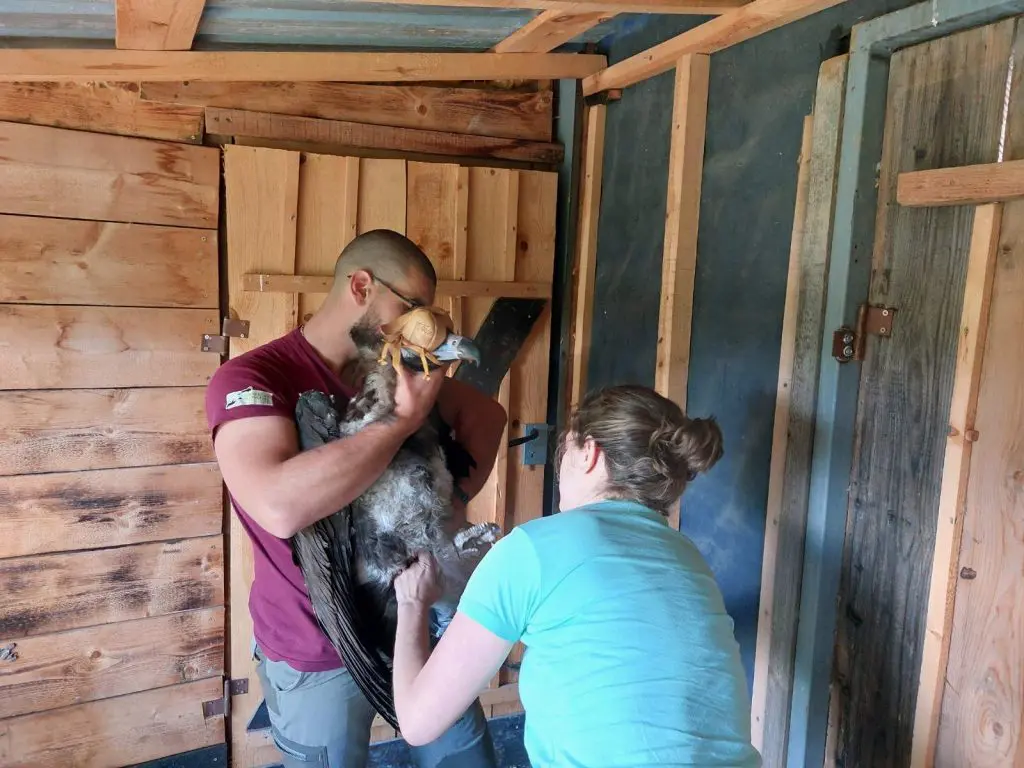The black vulture population of Mallorca, currently the only insular population of this species in the world, continues to grow at a good pace. In the last ten years the growth curve has suffered a significant increase. Productivity and reproductive success have also increased.
In 2017, the staff from the department of Environment of the Government of the Balearic Islands, that monitor closely the species, identified 36 territorial pairs. 32 of them laid eggs and 27 chicks hatched – one died in the first few days of life, but 26 fledged. This is the highest numbers since the monitoring of the population began in the seventies. In 2017 the productivity was 0.72 and the reproductive success 0.81.
In the last 10 years 132 young black vultures have fledged on the island – and probably these have a high survival rate. Illegal shooting is unheard off since several years, and the illegal use of poison practically no longer affects the vultures, although there are still some cases of poisoning of red kites, which have also shown a spectacular population increase in Mallorca in the last decade.
It seems evident that the availability of carrion is high, coming from both the sheep flocks, as well as the natural mortality and hunting of feral goats. Supplementary feeding is also playing an increasingly important role – these muladares are often managed by the livestock breeders of the Sierra Tramuntana. Vultures also fly over most of the island where they feed opportunistically on dead sheep and goats, as well as rabbits.
The distribution of the nests continues to be restricted to a narrow coastal strip of about 25km long and less than 1km wide on the north coast of Mallorca (see photos), in the Sierra Tramuntana, north of the port of Sóller, except in the extreme south where the breeding area comes 3km inland. Almost all the nests are found on pine trees (Pinus halepensis) that grow on coastal cliffs, except for a couple of pairs that do it in inland cliffs located very close to the coast.
The monitoring of the reproduction of the black vulture, as well as year-round wardening and enforcement, is carried out by the field agents from the department of Environment of the Government of the Balearic Islands.
Information provided by Jordi Muntaner. Photos: Jordi Muntaner



